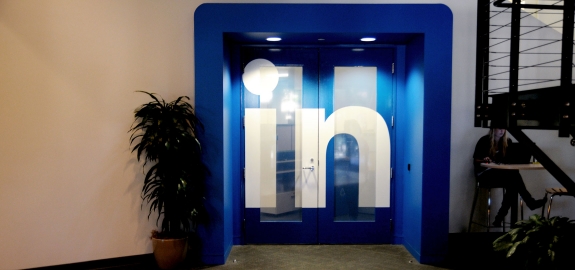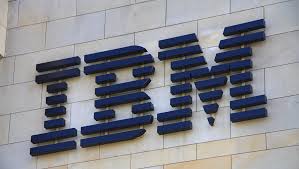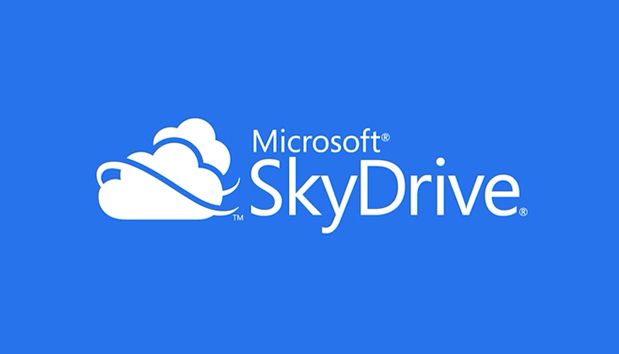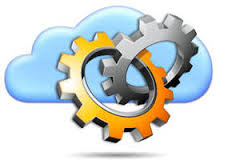Gil Allouche| Itproportal
Cloud computing is a hot topic but, like most technological trends, has its own set of vocabulary. To get you caught up on the conversation so you can hopefully get a better understanding of what cloud computing can do for you and your business, here is a list of 10 common terms you need to know.
SaaS, BDaaS and IaaS
Don’t worry. These are actually acronyms that stand for something. IaaS stands for infrastructure as a service, and is the most basic level of cloud computing. This service takes care of all of the equipment, from the servers to networking components. BDaaS stands for big data as a service and, as the name suggests, it refers to the systems that analyse large and complex sets of information. SaaS stands for software as a service and supplies ready to use, web-hosted applications.
XaaS
XaaS refers to any number of services delivered over the Internet and stands for X – or anything – as a service. The term encompasses the three most common types of services listed above, but also any number of others, such as communications as a service.
Private cloud
A private cloud is a cloud network created and contained within a company’s own system. It allows the company to maintain complete control over its data while still accessing some of the benefits of a cloud service.
Public cloud
As you can probably guess, the public cloud is the opposite of the private cloud. The cloud service is maintained by a third party, which may also handle the data of several clients. Companies that utilise the public cloud effectively exchange having their data close to them for pay-as-you-go services and freedom from maintenance responsibilities.
Hybrid cloud
The majority of businesses have some data that they need to keep on-premises and some data that requires the scalability of the public cloud. The hybrid cloud refers to this kind of setup, where some data is stored in a public cloud and other critical data is kept in the private cloud.
Cloud bursting
Cloud bursting is another handy way to combine the private and public cloud. In this combination, an application is run in the private cloud, but if the internal server becomes overloaded, the application then bursts into the public cloud, avoiding potentially devastating downtime and lost revenue.
Elastic computing
Elastic computing is the ability to increase and decrease computing resources, such as storage and memory, dynamically, so you can meet peak usage requirements and scale back during less busy periods.
Middleware
Middleware is a software that acts as a go-between for applications and operating systems by passing data back and forth between them. It often acts as a communication service so that applications can connect.
Vendor lock-in
Lock-in refers to being unable to easily switch providers due to varying protocols, data structures and service models.
Consumption-based pricing model
As the name suggests, this is a pricing model based on a user’s consumption of the service. A provider using this pricing model might choose to charge per gigabyte of data that is stored in the system.













